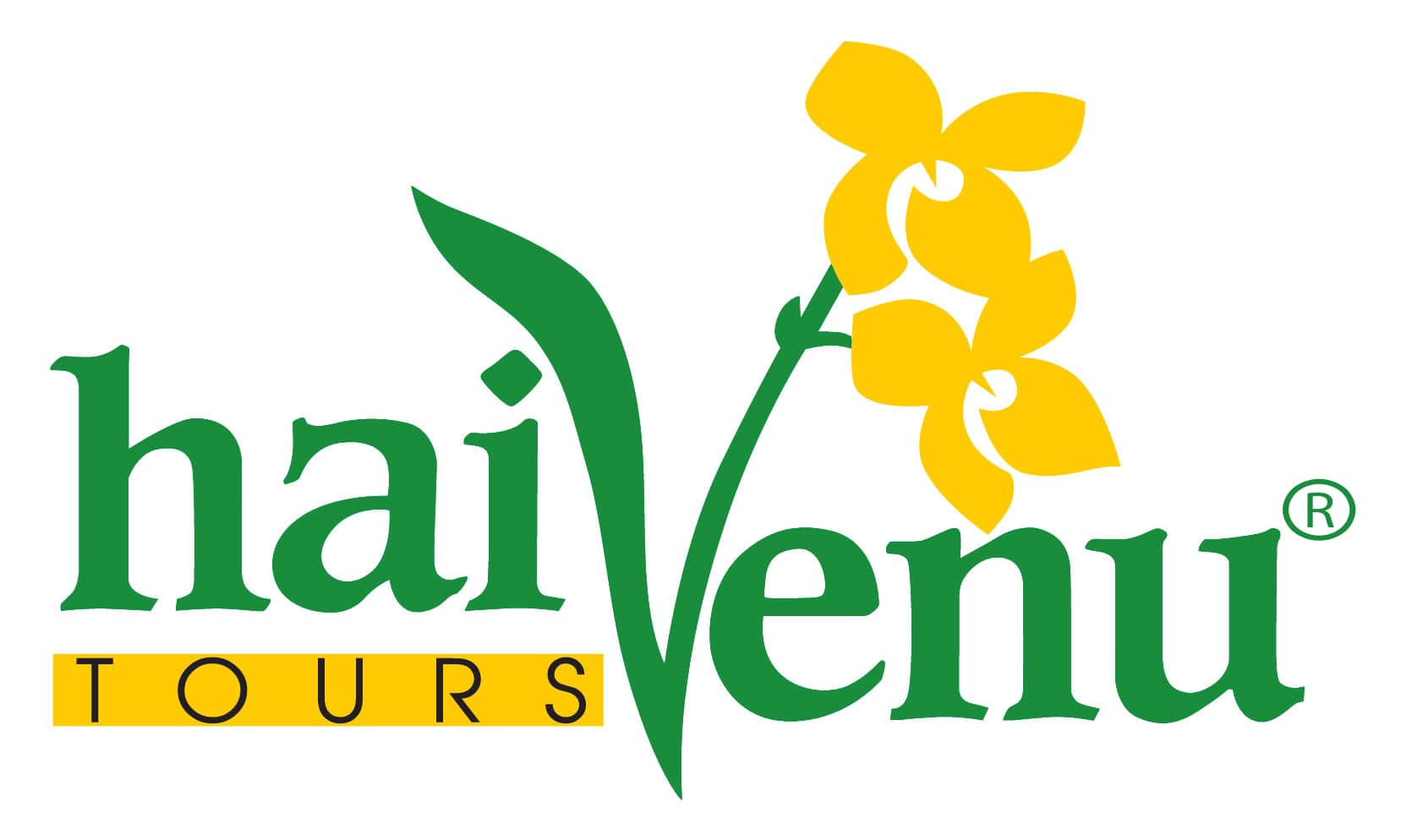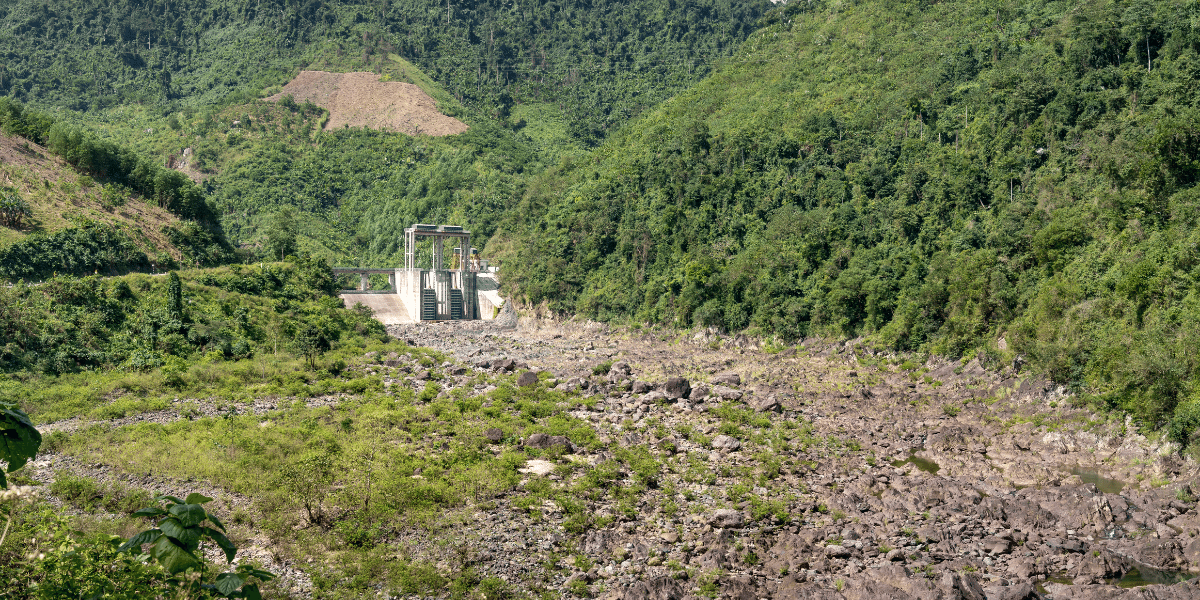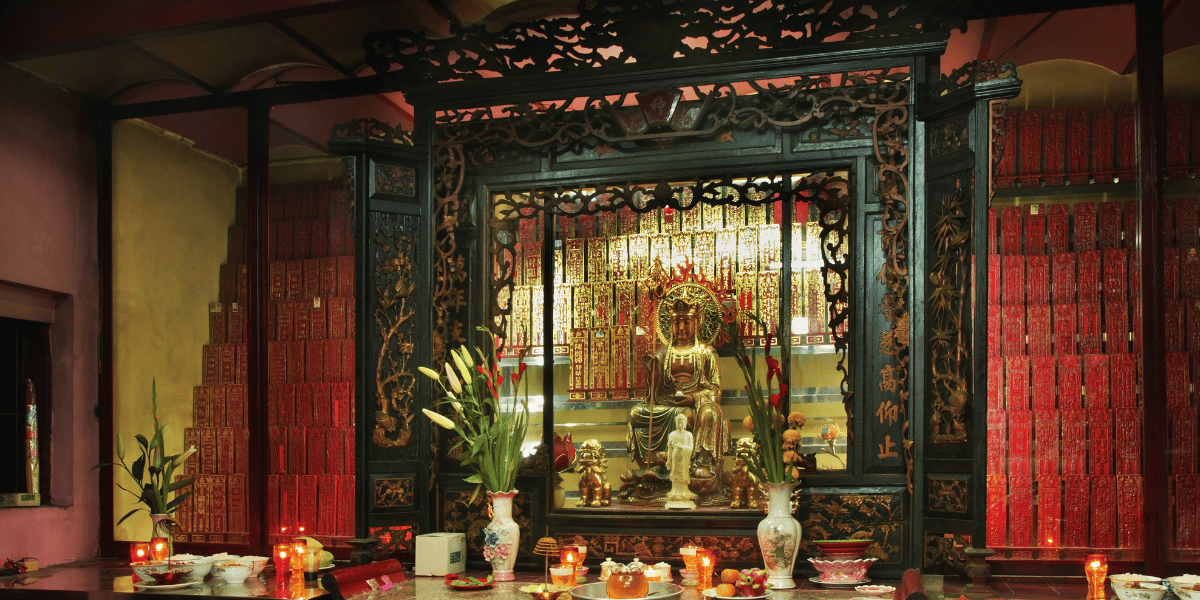The Mekong Delta: Vietnam’s Vibrant Waterworld
Last Updated on 11 August, 2024 by admin
The Mekong Delta, located in southern Vietnam, is a unique and captivating region, shaped by the powerful Mekong River as it splits into nine tributaries, often referred to as the “Nine Dragons,” before flowing into the South China Sea. This vast network of rivers, canals, and streams has given rise to one of the most fertile and productive agricultural areas in Southeast Asia, earning the delta its well-deserved nickname, “the rice bowl of Vietnam.” The delta’s rich, alluvial soil supports not only rice cultivation but also a wide array of fruits, vegetables, and other crops, making it a vital contributor to the country’s food supply and economy.
Beyond its agricultural significance, the Mekong Delta is also renowned for its distinctive way of life, deeply intertwined with the intricate waterways that crisscross the region. Life here revolves around the rivers, which serve as the main arteries for transportation, trade, and daily activities. The delta is home to a diverse cultural tapestry, where Vietnamese, Khmer, and Cham influences blend harmoniously, creating a vibrant and resilient community. From the bustling floating markets to the serene pagodas and traditional villages, the Mekong Delta offers a glimpse into a world where water and land coexist in perfect balance, shaping a rich cultural heritage that continues to thrive today. This unique combination of natural beauty, agricultural abundance, and cultural depth makes the Mekong Delta a truly remarkable destination in Vietnam.

Exploring the Waterways
Floating Markets:
The floating markets of the Mekong Delta are among the most vibrant and culturally rich experiences that Vietnam has to offer. These bustling markets, where locals trade goods and fresh produce from their boats, provide a fascinating glimpse into the daily life of the delta’s residents. Early in the morning, the waterways come alive with a colourful array of boats piled high with fruits, vegetables, fish, and other goods, creating a dynamic and lively scene. The Cai Rang Floating Market near Can Tho is one of the most famous and largest in the region, attracting both locals and tourists alike. Here, you can witness the lively exchanges between traders as they skillfully maneuver their boats to make deals. Phong Dien and Cai Be are other popular floating markets, each offering its own unique charm and slightly less crowded, allowing for a more relaxed experience. Visiting these markets provides an opportunity to taste the freshest local produce, enjoy traditional Vietnamese coffee served from boat vendors, and immerse yourself in the vibrant culture of the Mekong Delta.
Boat Trips:
To truly experience the charm of the Mekong Delta, taking a boat trip through its narrow canals and winding waterways is a must. These boat journeys offer a peaceful and scenic way to explore the delta’s intricate network of rivers, giving you a closer look at the lush landscapes and traditional ways of life. As you glide through the water, you’ll have the chance to visit local villages where time seems to stand still, fruit orchards bursting with tropical delights, and handicraft workshops where artisans create beautiful products using age-old techniques. These boat trips provide a unique perspective on the delta’s rich agricultural heritage, with stops at coconut candy factories, rice paper-making facilities, and even small family-run fish farms. The slow pace of the boat allows you to take in the tranquil surroundings, observe local wildlife, and interact with the friendly residents who call this watery world home.
Kayaking and Canoeing:
For those seeking a more intimate and adventurous way to explore the Mekong Delta, kayaking or canoeing through its smaller canals and backwaters is an excellent choice. These smaller vessels allow you to navigate narrow waterways that larger boats can’t reach, bringing you closer to the natural beauty and quiet corners of the delta. Paddling through these serene channels offers a peaceful escape from the busier tourist spots, giving you the chance to enjoy the lush greenery, listen to the sounds of nature, and discover hidden gems along the way. Whether you’re gliding past traditional stilt houses, exploring mangrove forests, or simply soaking in the tranquil atmosphere, kayaking or canoeing provides a deeper connection with the delta’s unique environment. It’s an experience that allows you to truly appreciate the harmony between the people and the land in this remarkable part of Vietnam.
Exploring the waterways of the Mekong Delta, whether by visiting its iconic floating markets, taking leisurely boat trips, or embarking on a kayaking adventure, offers an immersive and unforgettable journey into the heart of this fascinating region. Each mode of exploration provides a different perspective on the delta’s rich culture, stunning landscapes, and the enduring connection between its people and the waterways that sustain them.
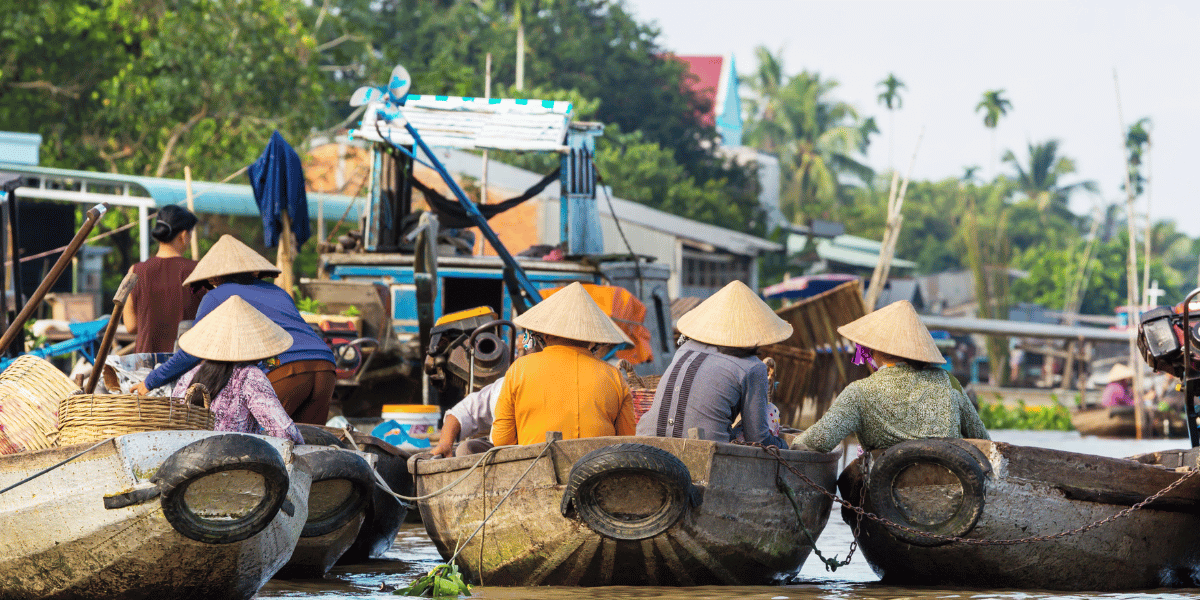
Natural Wonders
Tra Su Cajuput Forest:
The Tra Su Cajuput Forest is one of the Mekong Delta’s most enchanting natural wonders, offering visitors a unique experience in a lush, flooded forest that is teeming with life. Located in An Giang Province, this sprawling forest is a haven for a diverse range of bird species, including storks, herons, and cormorants, making it a paradise for birdwatchers and nature enthusiasts alike. The experience of gliding through the narrow, waterlogged channels of the forest on a small boat is nothing short of magical. As you drift along, surrounded by the dense canopy of cajuput trees, the air is filled with the sounds of chirping birds and the gentle rustling of leaves. The water surface is often covered with a carpet of green duckweed, adding to the surreal beauty of the scene. This tranquil journey allows you to fully immerse yourself in the serene and pristine environment of Tra Su, where nature reigns supreme and human presence feels like a mere whisper.
Bird Sanctuaries
The Mekong Delta is not just a region of rivers and rice paddies; it is also a vital habitat for a vast array of bird species, making it one of Southeast Asia’s premier birdwatching destinations. Among the most notable sanctuaries is Tram Chim National Park in Dong Thap Province. This expansive wetland reserve is home to hundreds of bird species, including the rare and endangered Sarus Crane, known for its striking height and graceful presence. Tram Chim’s diverse ecosystem, which includes swamps, grasslands, and water bodies, supports a wide variety of flora and fauna, offering birdwatchers an unparalleled opportunity to observe these creatures in their natural habitat. Another significant site is the Vam Nao Bird Sanctuary, where vast flocks of birds gather, particularly during the dry season when water levels recede and the wetlands become a haven for feeding and nesting. These sanctuaries are crucial for the conservation of bird species and provide an unforgettable experience for visitors who appreciate the beauty of wildlife.
Mangrove Forests
Mangrove forests are among the most ecologically significant ecosystems in the Mekong Delta, playing a crucial role in protecting the coastline from erosion and storm surges, while also providing a vital habitat for a variety of marine life. These dense forests, with their intricate root systems, act as natural buffers, absorbing the impact of waves and preventing the loss of land to the sea. They are also essential breeding grounds for fish, crabs, and shrimp, which are integral to the local economy and diet. Exploring the mangrove forests, such as those found in the Ca Mau Peninsula at the southernmost tip of Vietnam, offers a fascinating insight into the resilience and complexity of these ecosystems. Visitors can take guided boat tours through the labyrinth of roots and waterways, witnessing firsthand the vibrant biodiversity that thrives in this environment. The mangroves are not only a critical ecological asset but also a symbol of the delicate balance between human activity and nature in the Mekong Delta.
The natural wonders of the Mekong Delta, from the serene Tra Su Cajuput Forest and the vital bird sanctuaries to the protective mangrove forests, highlight the region’s rich biodiversity and ecological importance. These sites offer a deep connection with nature, allowing visitors to experience the beauty and complexity of the delta’s ecosystems while also understanding the critical role they play in sustaining the environment and the livelihoods of the local communities. Exploring these natural wonders provides a profound appreciation for the Mekong Delta’s unique and fragile environment.
Cultural Encounters
Khmer Pagodas:
The Mekong Delta is not only a region of natural beauty but also a cultural mosaic, where the influence of Khmer culture is particularly strong. This cultural heritage is most visible in the numerous Khmer pagodas that dot the landscape, each a testament to the deep spiritual roots of the Khmer people who have lived in the delta for centuries. These pagodas, with their intricate architecture and vibrant colours, offer a serene escape and a glimpse into the spiritual life of the local community. One of the most notable is Phnom Penh Pagoda in Soc Trang, which, despite sharing its name with the Cambodian capital, is a distinct landmark in Vietnam. Another significant site is Angkor Wat Pagoda in Tra Vinh, reflecting the architectural grandeur reminiscent of its more famous namesake in Cambodia. Ta Prohm Pagoda, also located in Tra Vinh, is known for its peaceful atmosphere and beautifully maintained grounds. Visiting these pagodas allows travellers to connect with the rich cultural traditions of the Khmer people, witness their rituals, and admire the artistry of Khmer architecture.

Traditional Villages:
To truly experience the essence of life in the Mekong Delta, a visit to the traditional villages is a must. These villages, such as Cai Be and Chau Doc, offer a window into the daily lives of the local people and the age-old traditions that continue to thrive. In Cai Be, known for its floating market and lush orchards, visitors can observe traditional crafts like rice paper making and coconut candy production, often run by small family businesses. The village is also famous for its intricate wooden houses and the hospitality of its residents. Chau Doc, located near the Cambodian border, is another fascinating village where you can explore stilt houses along the river, visit fish farms, and learn about the diverse cultures that coexist in this area, including the Vietnamese, Khmer, and Cham communities. These villages are more than just picturesque; they are living, breathing examples of the delta’s enduring cultural heritage, where traditional crafts and ways of life are preserved and celebrated.
Local Cuisine:
The Mekong Delta’s unique culinary scene is a reflection of its fertile lands and abundant waterways, offering a rich array of flavours that are both diverse and deeply rooted in the region’s history. The delta’s cuisine is characterized by its use of fresh seafood, vibrant herbs, and seasonal produce, resulting in dishes that are both hearty and refreshing. One must-try dish is hủ tiếu Mỹ Tho, a noodle soup that originated in the city of Mỹ Tho. Known for its clear and flavourful broth, hủ tiếu Mỹ Tho is typically served with a variety of toppings, including shrimp, pork, and quail eggs, and garnished with fresh herbs and crunchy bean sprouts. Another iconic dish is bánh xèo, a crispy Vietnamese pancake made from rice flour, turmeric, and coconut milk, stuffed with shrimp, pork, and bean sprouts. It is typically served with a side of fresh lettuce and herbs, which are used to wrap the pancake before dipping it in a tangy fish sauce. Cá lóc nướng trui, or grilled snakehead fish, is a rustic dish that perfectly encapsulates the delta’s connection to its waterways. The fish is traditionally grilled whole over an open flame, resulting in a smoky, tender meat that is often eaten with rice paper, herbs, and a spicy dipping sauce. Exploring the delta’s culinary offerings provides not only a delicious experience but also an insight into the region’s agricultural and fishing practices, making it a true highlight of any visit to the Mekong Delta.
In conclusion, the cultural encounters in the Mekong Delta, from visiting the beautiful Khmer pagodas to exploring traditional villages and savouring the unique local cuisine, offer a deep and immersive experience that connects travellers with the rich heritage and traditions of the region. These cultural experiences are as vital to understanding the delta as its natural wonders, revealing the intricate tapestry of life that has flourished here for generations.
Responsible Tourism
Respect Local Customs
When travelling through the Mekong Delta, it’s essential to approach the local culture with respect and mindfulness. The delta is home to a rich tapestry of traditions and customs, deeply rooted in the daily lives of its diverse communities. As a visitor, being aware of and adhering to these customs not only shows respect but also enriches your travel experience. For instance, when visiting temples or pagodas, which are sacred places of worship, it is important to dress modestly. This typically means covering your shoulders and knees, and removing your shoes before entering the temple grounds. Additionally, when visiting local villages, it’s courteous to ask for permission before taking photographs of people, particularly in more remote areas where communities may not be accustomed to tourists. By observing these cultural practices, you help foster positive interactions and show appreciation for the local way of life.
Support Local Communities
Supporting local communities is a cornerstone of responsible tourism. One of the most impactful ways to do this is by choosing locally-owned businesses, such as guesthouses, restaurants, and homestays, over larger, foreign-owned establishments. Staying in a homestay, for example, not only provides an authentic experience but also directly benefits the host family, contributing to their livelihood. When shopping for souvenirs, consider purchasing handicrafts and goods directly from local artisans. This not only ensures that the money goes directly to the craftspeople but also helps preserve traditional crafts and skills that have been passed down through generations. Whether it’s buying handwoven textiles, intricately carved woodwork, or locally produced food items, these purchases are more than just souvenirs—they are a way to support and sustain the cultural heritage of the Mekong Delta.
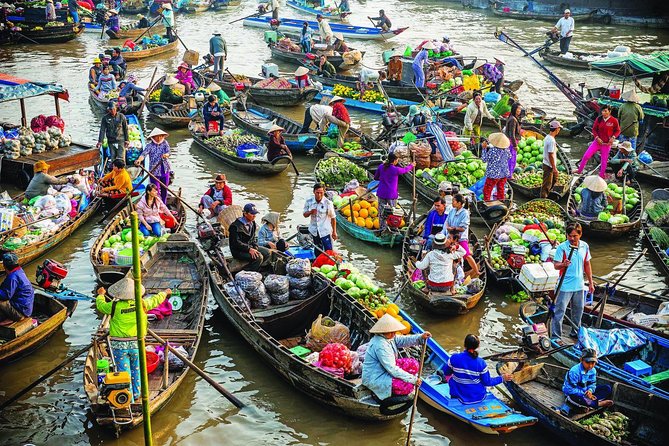
Minimize Environmental Impact
The natural beauty of the Mekong Delta is one of its most precious assets, and it’s crucial to protect this environment for future generations. As a responsible traveller, minimizing your environmental impact should be a priority. Simple actions, such as avoiding single-use plastics and disposing of waste responsibly, can make a significant difference. Carry a reusable water bottle, opt for cloth bags instead of plastic ones, and ensure that any trash is properly disposed of, especially when visiting rural areas where waste management infrastructure may be limited. When choosing tour operators or activities, opt for those that prioritize eco-friendly practices. Look for operators who use sustainable methods, such as small-group tours that reduce environmental strain or activities that have minimal impact on the local ecosystems. Engaging in responsible tourism not only helps preserve the natural environment but also sets a positive example for others to follow.
In summary, practicing responsible tourism in the Mekong Delta involves respecting local customs, supporting the livelihoods of local communities, and taking steps to minimize your environmental impact. By doing so, you contribute to the sustainability of the region, ensuring that its rich cultural and natural heritage can be enjoyed by future generations. These mindful practices not only enhance your own travel experience but also leave a positive impact on the people and places you encounter along the way.
Conclusion
A Unique and Rewarding Experience:
The Mekong Delta is a region like no other, offering a tapestry of experiences that are as diverse as they are enriching. From the bustling energy of its floating markets, where life and commerce unfold on the water, to the tranquil beauty of its lush, green landscapes and winding waterways, the delta presents a unique blend of nature, culture, and tradition. Visitors can immerse themselves in the local way of life by exploring traditional villages, savouring the fresh and vibrant local cuisine, and discovering the spiritual serenity of Khmer pagodas. The delta’s natural wonders, including its flooded forests, bird sanctuaries, and mangrove ecosystems, provide a deep connection with the environment, making every journey through this region a rewarding experience.
An Invitation to Explore:
There is no better way to truly understand and appreciate the richness of the Mekong Delta than by experiencing it firsthand. We invite you to embark on a journey through this vibrant waterworld, where every turn reveals a new discovery, from hidden villages to ancient traditions, from the songs of birds in the mangroves to the colourful scenes of market life on the river. The Mekong Delta is a treasure trove of experiences waiting to be explored, offering both the thrill of adventure and the peace of immersion in nature and culture. As you navigate through its waters and walk its paths, you’ll uncover the hidden gems that make the Mekong Delta one of Vietnam’s most captivating destinations. Let the delta’s charm and beauty inspire you to delve deeper, creating memories that will last a lifetime.
